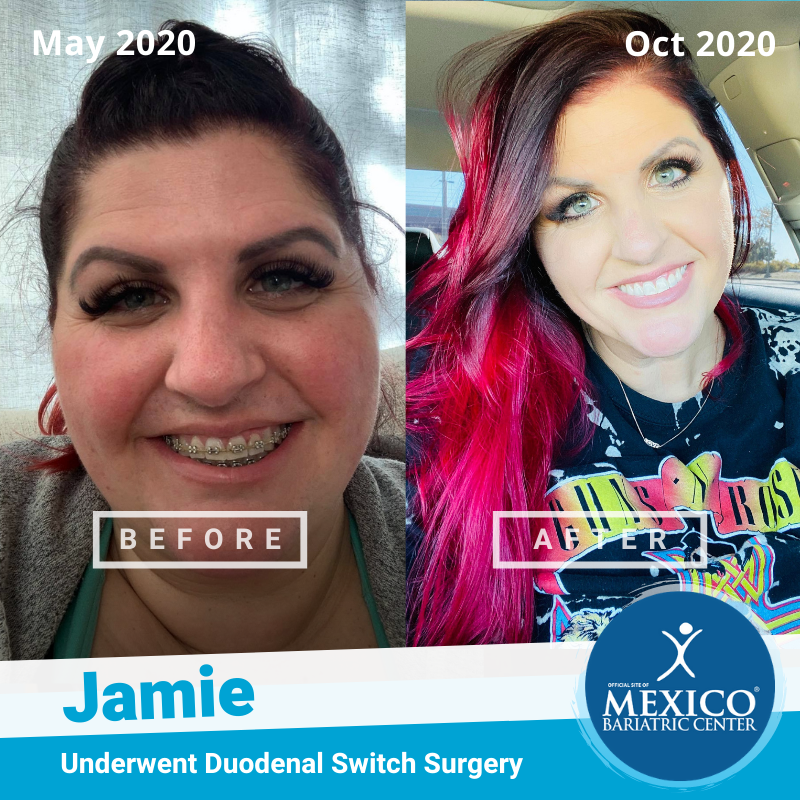
Each type of bariatric surgery meant to help with weight loss provides patients with its own distinct set of benefits and drawbacks, and so you must consider each before settling on a decision. Comparing the results that you can achieve with each and weigh those results against the risks, will help you choose the right weight loss surgery to meet your needs.
Efficacy & Results
The following is a look at statistics and data displaying the efficacy and results of the duodenal switch form of bariatric surgery.
- According to a study, as many as 20 percent of gastric bypass patients failed to lose half of their excess body mass index (BMI) at the one year and two years follow up appointments. On the other hand, in patients who underwent the duodenal switch, the failure rate was closer to 9 percent and 6 percent respectively.
- Many doctors refer to duodenal switch as being the most difficult of bariatric surgery procedures, but also the one which will provide patients with the most drastic results. The duodenal switch is also showing that it can provide greater long-term weight loss benefits versus other similar operations. As such, it is commonly recommended in patients who have the most weight to lose, or the most co-morbid conditions such as high blood pressure and diabetes type 2.
- According to ClinicalTrials.gov, another study was conducted involving 60 patients who underwent gastric bypass or duodenal switch operations. The mean BMI reduction after two years was 17.3 kg/m following gastric bypass and 24.8 kg/m following duodenal switch.
- Patients in this study who underwent gastric bypass experienced a total cholesterol concentration decrease by 0.24 mmol/L. The total cholesterol concentration decrease for patients following duodenal switch surgery was 1.07 mmol/L.
- Low-Density Lipoprotein (LDL) cholesterol concentration levels, fat mass, anthropometric measures and fat-free mass reductions were all also greater in patients who underwent duodenal switch versus patients who underwent the gastric bypass surgery. Both groups did experience reductions in mean glucose concentrations and blood pressure as well as C-reactive protein reductions, though there were no large differences between the two groups.
- One downside to note with the duodenal switch is that studies have shown this surgery to provide a greater risk of malnutrition issues post-surgery. The risk of malnutrition was greater in patients undergoing the duodenal switch than those who underwent the gastric bypass operation.
It is also important to note that while most gastric bypass operations are performed laparoscopically, some duodenal switch operations are performed as open surgery. Open surgery procedures involve longer recovery times and long periods of time in the hospital following the operation. According to US News, the duodenal switch can take on average 20 minutes longer to perform since it is a more involved operation.
US News also noted that patients undergoing the duodenal switch noticed greater improvements in many obesity-related conditions such as high blood pressure, sleep apnea, high cholesterol and diabetes. This is according to researchers conducting a number of studies on the subject. The chief of obesity surgery in New York City’s Lenox Hill Hospital, Dr. Mitchell Roslin, says that gastric bypass patients tend to gain weight more easily because they suffer from low sugar issues more readily and can feel hungry much more often. While the operation prevents them from eating too much at one time, it can also create poor eating habits.
Wrap Up
Weigh the benefits and drawbacks of all forms of bariatric surgery before making a choice. There is no single one size fits all solution to this type of procedure. All surgical procedures carry some risk, so it is important to consider which is the least risky for your individual situation.


